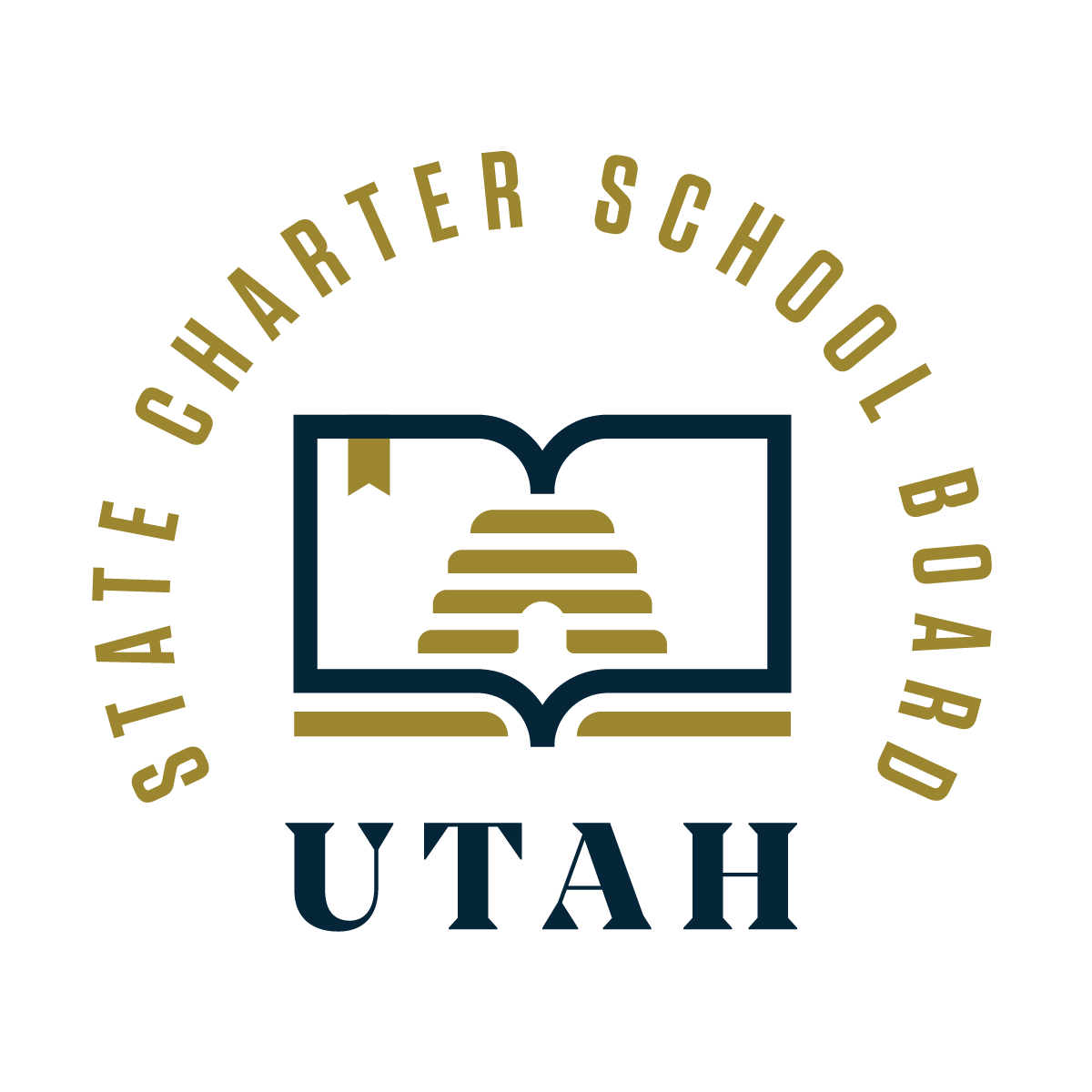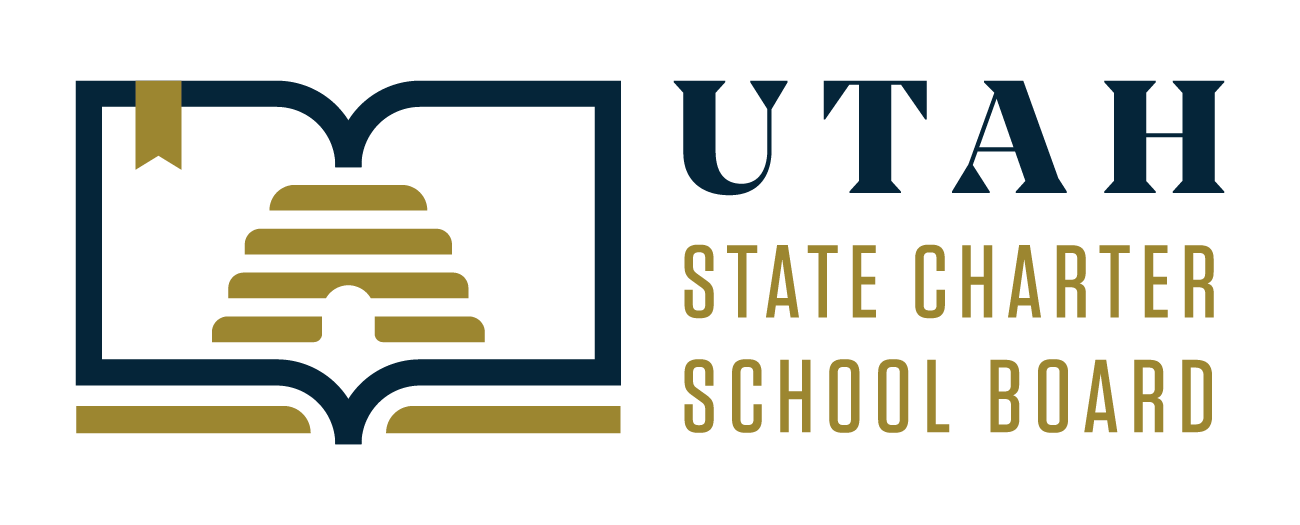Maintenance Pending
UCAP will be entering regular maintenance mode at 5:00 am and returning at 7:00 am. Click to dismiss.
UTAH
STATE CHARTER SCHOOL BOARD
PROVIDING SUPPORTIVE OVERSIGHT
APPLICATIONS
AMENDMENTS
START A
SCHOOL
SCHOOL

MISSION
VISION
VALUES
POLICIES & PROCEDURES
STRATEGIC PLAN
WE AUTHORIZE HIGH QUALITY PUBLIC SCHOOLS THAT PROVIDE EDUCATIONAL CHOICES TO UTAH PARENTS AND STUDENTS.
UTAH CHARTER ANNOUNCEMENTS
Want to be notified of upcoming charter events?
WHAT WE DO
SCSB MEDIA



